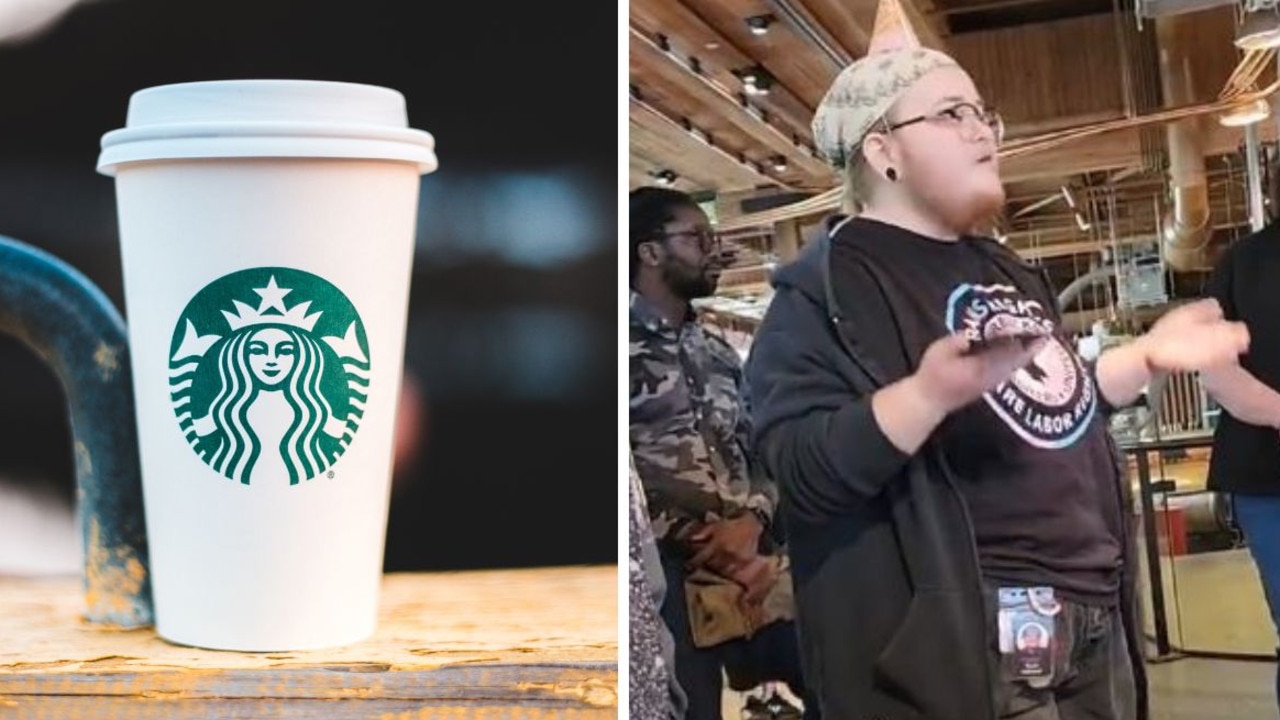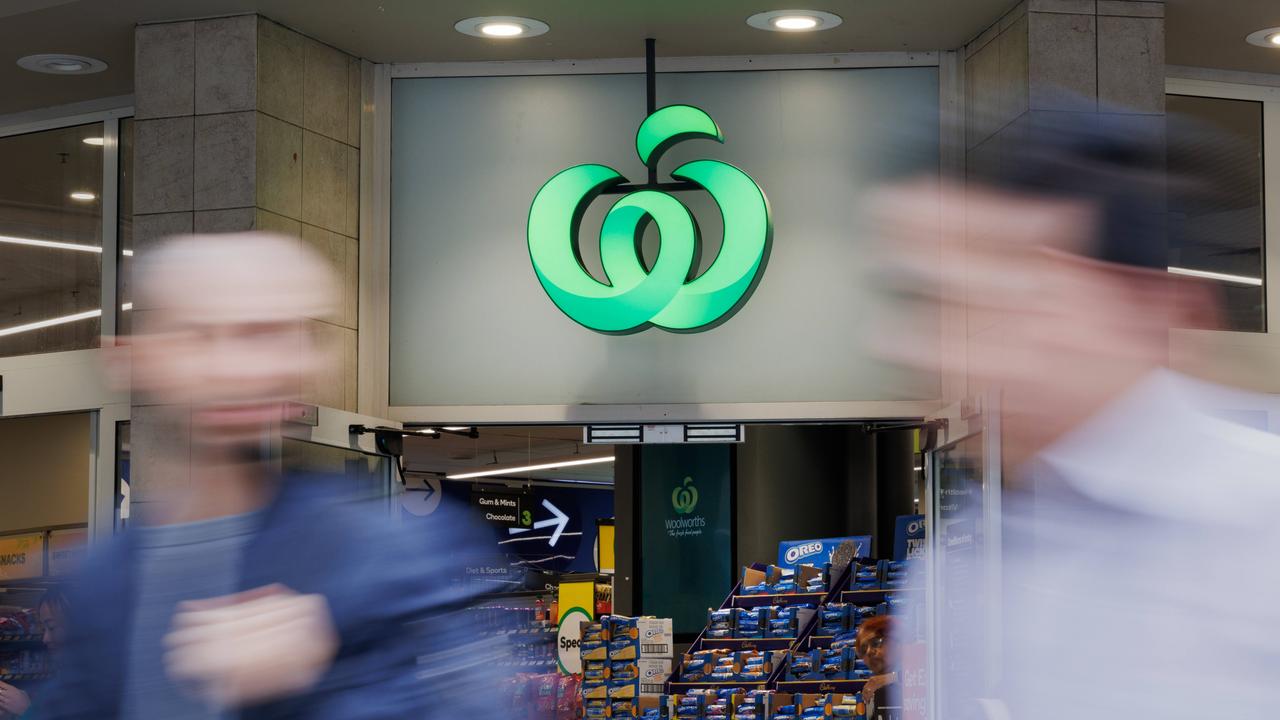‘The ship has now sailed’ for the retail sector as brands struggle amid gloomy forecast
Aussies have been living beyond their means and the weakening housing market could spell trouble for retail brands, a new report claims.

Experts have predicted retail brands will struggle to keep the lights on this year as a new report says the “ship has now sailed” for the embattled sector.
Consumers have been propping up the industry thanks to the tail end of the property market’s boom and the rise of buy now, pay later platforms such as Afterpay, a Deloitte Access Economics report said.
But weakening house prices and doubts lingering over the local share market are tipped to weigh on consumers with retail turnover growth predicted to fall to 1.6 per cent in 2019, compared to 2.2 per cent last year.
“Australia’s retail sector has been sustaining a reasonable rate of sales growth in an unconventional way — not so much from income growth, but leveraging off consumers’ willingness to spend,” Deloitte Access Economics partner David Rumbens said.
“It’s fair to say that many retailers have only survived the last few years because we’ve lived beyond our means.
“But that ship has now sailed.”

Mr Rumbens said cost-of-living pressures has started to eat into the disposable income of consumers, which “leaves 2019 as retail’s gap year — nursing a hangover before getting ready to move ahead in a year’s time”.
Australian Retailers Association executive director Russell Zimmerman said players in the sector have reported negative sentiment caused by the media’s coverage of the continued property market struggles as well as traumatic world events such as last week’s Christchurch massacre.
Mr Zimmerman told news.com.au this gloomy outlook, combined with rising cost-of-living pressures, was bad news for the industry.
“There are a whole lot of retailers that are battening down the hatches,” Mr Zimmerman said. “Winter is coming.”
DISAPPEARING BRANDS
Ed Harry and Roger David are just two companies on a long list to close their doors in the past 12 months and Mr Zimmerman said clothing and footwear remain the most at risk.

Queensland University of Technology retail expert Dr Gary Mortimer agrees, pointing to menswear chains Connor, Tarocash and yd as brands he tips to struggle.
“There’s a whole lot of menswear retailers that are all selling exactly the same $199 polyester shirts and $29 short-sleeved, printed T-shirts,” Dr Mortimer said.
“There’s not a lot of point of differentiation between any of them and having longevity in the marketplace really is no antidote to getting yourself into strife.
“I look at Roger David who were around for 76 years, and just because they had a bit of history in the market it didn’t protect them from falling over.”
The Deloitte report said the sector will struggle until the start of 2020 but Mr Zimmerman said a number of the retailers who he had spoken to were confident the tide will start to turn by August or September.
“Some of the retailers are seeing maybe an earlier change,” he said.
In the meantime, Mr Rumbens said retailers need to position themselves for recovery and success for when conditions improve.
“It shouldn’t just be about survival,” he said.
“Retailers should ensure they are focused on competitive advantage, strengthening connections with customers and streamlining operations so that, when broader market growth does return, they are in the best possible position to take advantage of it.”
Dr Mortimer said this referred to getting the back-of-house operations working efficiently with effective supply chain strategies and building strong relationships with suppliers.
“Look at how you’re going to operationalise your online footprint because when the sales start to come, you need to be ready,” he told news.com.au.
“We see that in some ways with Coles’ announcement they’re going to spend several hundred million dollars in the development of two new fully automotive warehouses.”
He also pointed at Bunnings’ plans to have a fully transactional website selling more than 60,000 products in the next year-and-a-half as a solid strategy to cope with the pressures of modern retail habits.
Continue the conversation on Twitter @James_P_Hall or james.hall1@news.com.au



